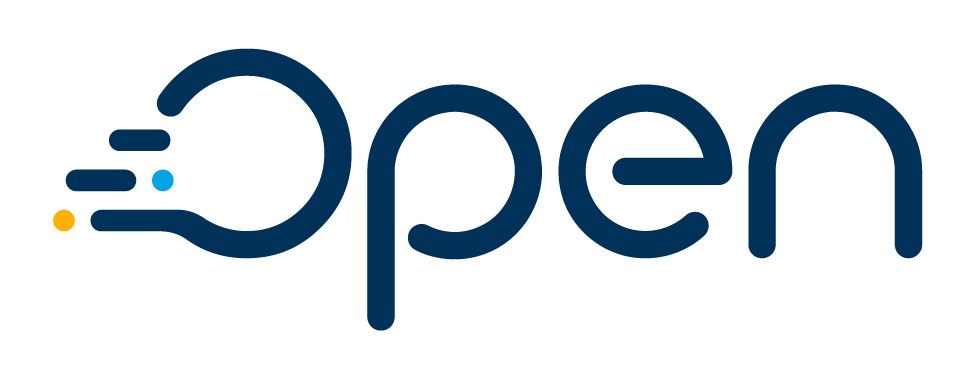AI, with its transformative potential, has captivated the utilities sector, positioning itself as a key tool for driving evolution amid ongoing technological, regulatory, and sustainability changes. Among its most common applications are enhancing operational efficiency, proactive fault detection, and more effective management of electrical networks.
Regarding this technological leap in the industry, Jesús Sánchez, Chief Marketing Officer at Open Intelligence and a proponent of AI adoption, states: “AI is not just a trend; it’s an opportunity for utilities to make a technological leap that enhances operational efficiency and provides a better customer experience. However, studies by specialized consultants like EY reveal that approximately 40% of these companies face significant challenges in integrating digital technologies due to budget constraints and a lack of skilled personnel.”
Despite these challenges, the benefits of AI outweigh the difficulties. Utilities are evolving into customer-centric organizations, offering more agile, simple, timely, and personalized service, representing a crucial differentiator in user experience. Supporting this transformation are specialized solutions such as Customer Information Systems (CIS) with AI-native architectures, ensuring smooth processes and maximizing the benefits AI can offer.
In this regard, Sánchez adds: “At Open, we want to help companies stay at the forefront of technology. That’s why we have enhanced our solution, Smartflex, with AI-native architectures, enabling utilities to anticipate their customers’ needs and offer personalized communications and experiences. This solution not only provides customer information but understands and responds to their demands efficiently, accessing key data within seconds. In this way, utilities can reduce customer request response times by up to 48%.”
For example, if a customer contacts their utility company about financial issues, the customer service agent can use an AI platform to offer personalized solutions, such as a payment plan tailored to the customer’s behavior and capacity. This not only prevents payment defaults but also improves customer satisfaction.
The use of AI in the sector is booming. Gartner highlights that “the use of AI-based chatbots and virtual assistants can handle up to 80% of customer inquiries, improving efficiency and reducing wait times.” Additionally, market studies indicate that implementing these technologies can reduce maintenance costs by up to 30% through early fault detection.
Its safe to say that AI is ready to play a fundamental role in transforming the utilities industry, offering significant improvements in operational efficiency, customer satisfaction, and competitiveness in an ever-changing environment. Companies that adopt these technologies will be better positioned to face future challenges and seize new growth opportunities.







